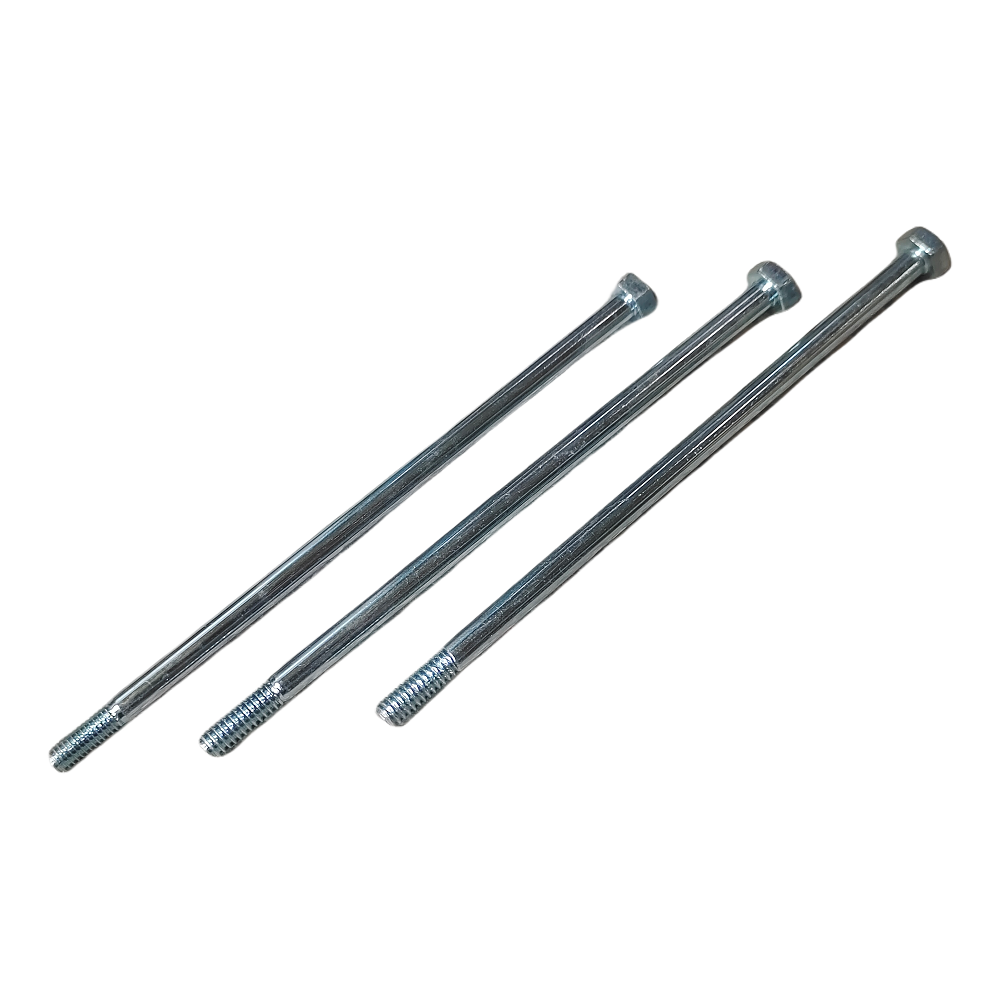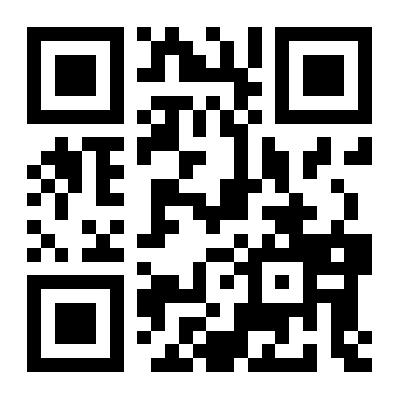Release time:2020-01-16 18:44 Browse:

In daily life and industrial production, screws as an important member of fasteners, its stability and reliability are directly related to the operating efficiency and safety of equipment. However, with the passage of time and the change of the use environment, screw loosening has become a common and cannot be ignored. In particular, the extension screw, due to its long length, is more prone to loosening when subjected to tension and torque. This article will delve into the causes, hazards, and solutions of loose extension screws to help readers effectively deal with this challenge.
1. The reasons for the loosening of the lengthening screws
1. ** Vibration and shock ** : The vibration and shock generated during the operation of the equipment is one of the main reasons for screw loosening. These external forces will cause a small relative movement between the screw and the nut, and gradually accumulate to cause loosening.
2. ** Material fatigue ** : long-term load bearing screws, the material will gradually fatigue, especially the thread part, easy to produce wear and deformation, thereby reducing the fastening force.
3. Improper installation ** : insufficient pre-tightening force during installation, uneven tightening torque or the use of inappropriate tools may cause the screws to fail to achieve the desired tightening effect.
4. ** Environmental factors ** : Temperature changes, humidity, corrosive media and other environmental factors will also affect the fastening performance of the screw, accelerate the loosening process.
Two, lengthening screw loose harm
1. ** Equipment failure ** : Loose screws may cause the gap between the equipment components to increase, affecting the normal operation of the equipment, and even cause fault shutdown.
2. Safety hazards ** : In high-speed operation or heavy load equipment, loose screws may become potential projectiles, threatening personnel safety.
3. ** Increased maintenance costs ** : Frequent loosening and fastening operations not only increase the maintenance workload, but also may accelerate the wear of screws and connecting parts, increasing the replacement cost.
### 3. Solution
#### 1. Select the appropriate fastening method and material
- ** High-strength screws ** : Select the appropriate high-strength screws according to the use scenario, such as stainless steel screws, alloy steel screws, etc., to improve its anti-fatigue and anti-corrosion ability.
- ** Lock washer ** : Auxiliary components such as spring washer and lock washer are used to prevent screw loosening by increasing friction.
- ** Locking agent ** : Apply the appropriate amount of thread locking agent, the use of chemical reaction to form a firm bonding force, enhance the tightening effect of the screw.
#### 2. Optimize the installation process
- ** Pre-tightening force control ** : Use special tools such as torque wrench to tighten the screws in strict accordance with the specified pre-tightening force to ensure that the screws achieve the best tightening state.
- ** Cross tightening ** : For the tightening of multiple screws, the method of cross tightening is used to reduce the stress concentration and loosening caused by improper tightening sequence.
- ** Regular inspection ** : Establish a regular inspection system, check the fastening status of the screws in key parts, find and deal with the loosening problem in time.
#### 3. Introduce the locking technology
- ** Self-locking screw ** : self-locking thread design, by changing the shape of the thread or adding special coating, to achieve the self-locking function of the screw.
- ** Preload holding device ** : such as preload indicator, preload holding washer, etc., used for real-time monitoring and maintaining the preload state of screws.
- ** Vibration isolation ** : Consider vibration isolation measures in equipment design to reduce the impact of vibration on screw fastening performance.
#### 4. Improve equipment design
- ** Strengthen the support structure ** : By strengthening the support structure of the screw connection part, improve the overall stiffness and reduce the loosening caused by vibration.
- ** Redundant design ** : Double screws or multiple screws redundancy design is used in key parts, which can maintain the stability of the connection even if some screws are loosened.
- ** Intelligent monitoring ** : The introduction of sensors and Internet of Things technology, real-time monitoring of the operating status of the equipment, timely detection and warning of potential problems such as screw loosening.
4. Conclusion
Loosening of lengthening screws is a complex and common problem, but through the selection of appropriate fastening methods and materials, optimization of installation process, introduction of anti-loosening technology and improvement of equipment design and other aspects of efforts, we can effectively reduce its frequency and harm degree. In actual applications, the solution should be flexibly selected according to the specific situation, and pay attention to routine maintenance and inspection to ensure the long-term stable operation of the equipment and personnel safety.
# Lengthening screws # Lengthening bolts # Lengthening outer hex screws # Lengthening inner hex screws # fasteners

